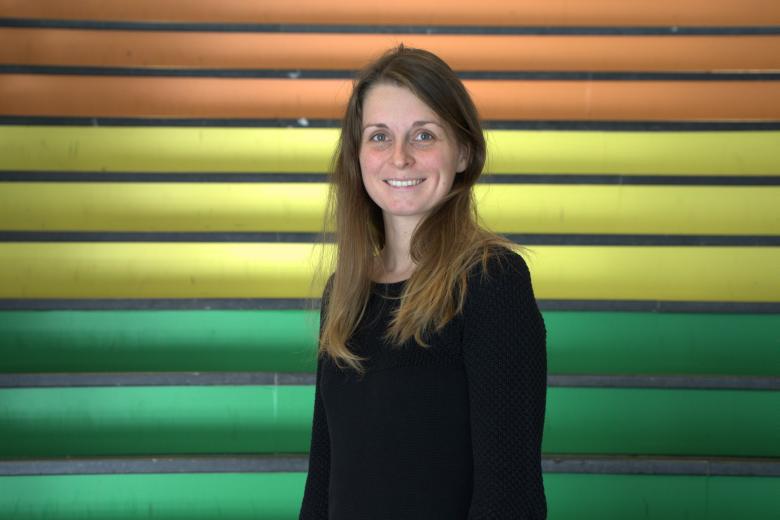Cognitive Behavioural Therapy (CBT) for eating disorders is the way to go. So, why is it underused?
The worldwide consensus among scientists is that Cognitive Behavioural Therapy (CBT) is the best choice for treating eating disorders. Many tried and tested CBT protocols are available, but according to several publications (for example Waller et al., 2012) these protocols are often ignored. Frequently CBT-trained practitioners use interventions that have not been proven to be effective. Why does this “therapist drift” occur and what can we do about it?
Prof. dr. Sandra Mulkens (FHML/ FPN), professor in Feeding and Eating Disorders, recently published Behaviour Research and Therapy which explores “therapist drift” in the treatment of people with eating disorders. Mulkens’ goal was to replicate and expand Waller’s study.
The research
For this study, 139 Dutch therapists were asked to participate and subsequently analysed. All participants are active in the field of eating disorders and trained in CBT. By means of a survey, Mulkens asked them about the use of specific techniques in their treatment of eating disorders, their convictions (i.e., about the importance of the therapeutic alliance and pre-treatment motivational techniques), insecurity, and personality. Mulkens’ results confirmed those of Waller: therapists more often used methods proven less effective than CBT in their daily work. Even though 83% of respondents said they used CBT-protocols, not all of these effective techniques are used systematically. Core CBT-techniques such as food diaries, exposure and cognitive restructuring (see sidebox) were only used by 40% of the participants. Less than 30% of the respondents weighed their clients each session, and 73% used motivational interviewing before starting the treatment, which is proven to have no effect.
What to do about “therapist drift”?
How can this “therapist drift” be explained? Mulkens and her team found some interesting correlations. Therapists with a strong faith in the therapeutic relationship with a client, are less likely to employ effective CBT-techniques. The fear-level of therapists also plays a part. Practitioners who scored high on the IUS (Intolerance of Uncertainty Scale) will not easily use behavioural techniques with uncertain outcomes, such as exposure and behavioural experiments.
How will this affect the education and supervision of practitioners? The results suggest that increasing therapist competence is not only a matter of training. There needs to be attention for the factors that cause therapists to not use CBT, such as the beforementioned fear and convictions. Therapists need to be reminded that behaviour change in eating disorders does not come from good client-therapist relationships, but the other way around. In order to create a good relationship with your client, you’ll need to offer them effective treatment that will increase their trust in you.
Also read
-
Andrés Caceres Solari on No room for Human Rights in Gaza and Ukraine: How the Law Legitimizes Urban Devastation
Pick Our Brains Session with Andres Caceres Solari

-
AMIBM hosts the final Realise-Bio conference
The Aachen Maastricht Institute of Biobased Materials (AMIBM) hosted last week the third and final Realise-Bio annual conference, bringing together the Dutch and German bioeconomy ecosystems at the Brightlands Chemelot Campus.

-
Macrophages as key to treating liver fibrosis
Sabine Daemen is researching how certain macrophages can slow down fatty liver disease and fibrosis in order to develop new therapies.
